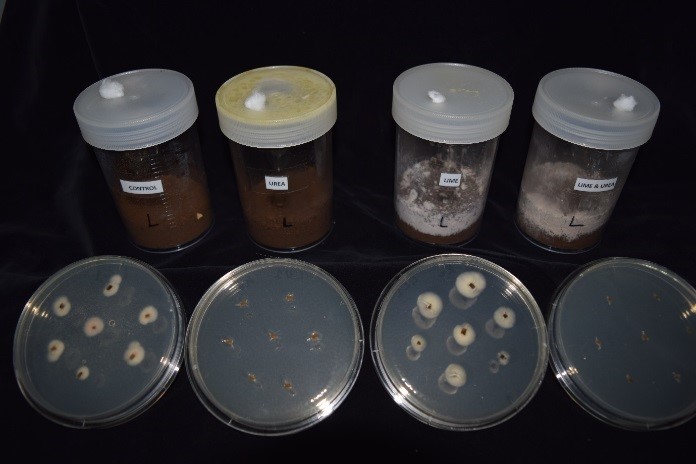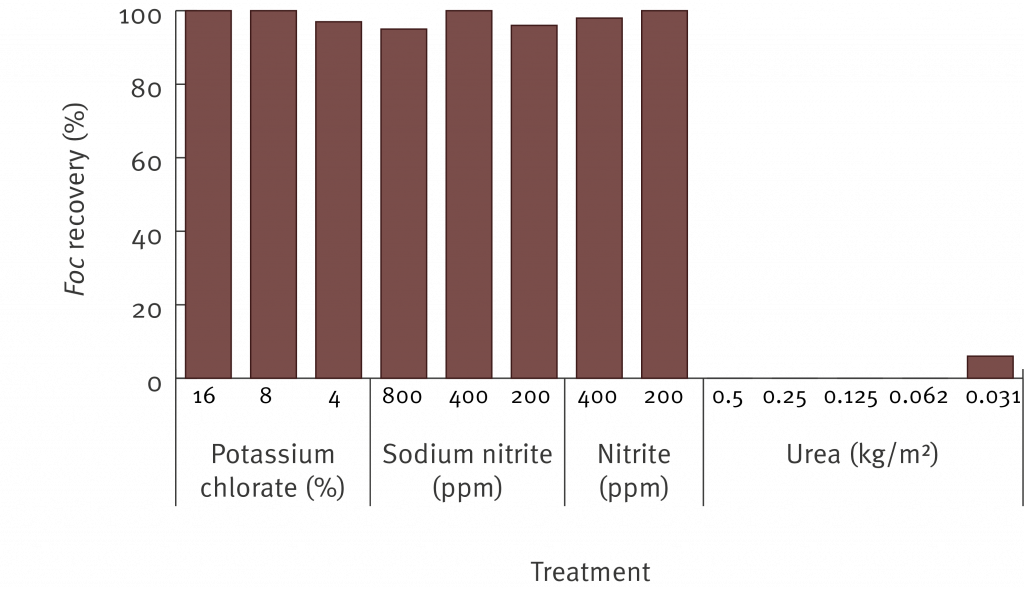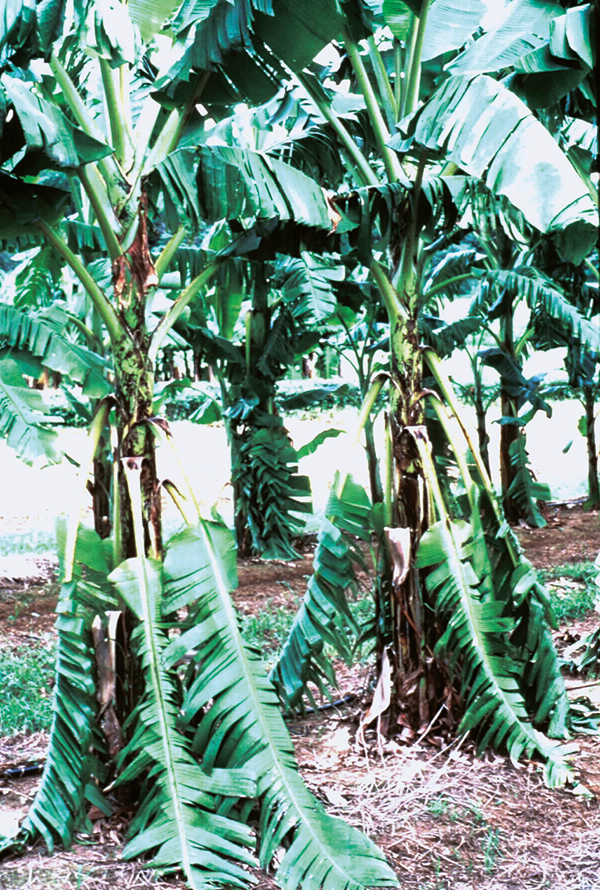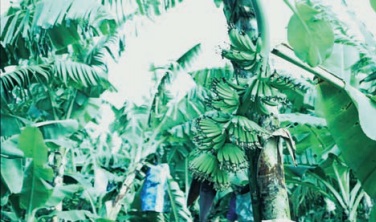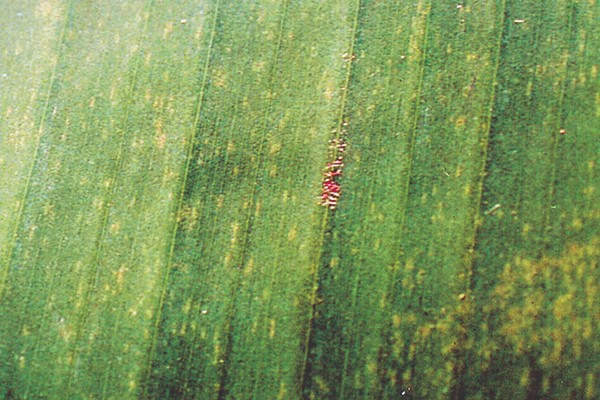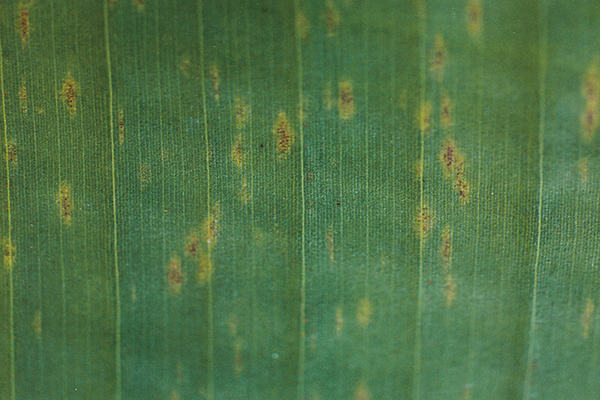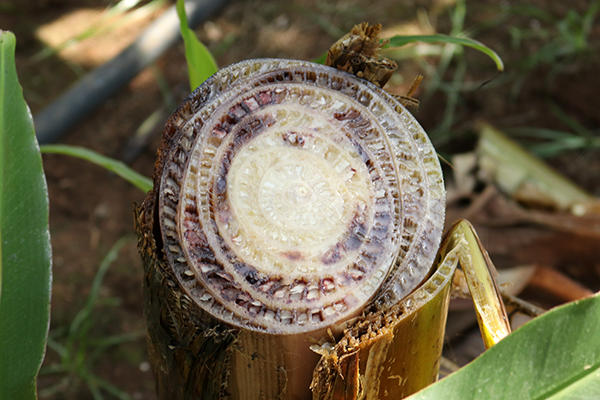Host research using Panama disease subtropical race 4
Understanding what species are capable of hosting the fungal organism that causes Panama disease, will help inform how weeds and ground covers are managed in areas infested with the disease. Using Panama disease subtropical race 4 (SR4) as a surrogate for Panama disease tropical race 4 (TR4), a glasshouse experiment was conducted in Brisbane to investigate potential alternative hosts of the fungus. In this context, a host is defined as a plant in which the fungus can survive, often without obvious disease symptoms apparent.
The glasshouse experiment included 18 species identified as being the most common species co-habiting Far North Queensland banana farms, or were regarded as high risk due to their presence on TR4 infested farms in the Northern Territory and Far North Queensland. The plants were inoculated with SR4, and their roots were analysed for the presence of the fungus after a period of 3 months. The roots from each of the plant samples were washed to dislodge excess soil before being surface sterilised. Segments of roots were placed in Fusarium selective media, and incubated for 3-5 days to allow fungal growth. The recovered populations were sent to a specialist diagnostic lab in Brisbane for formal identification.
Panama disease subtropical race 4 was recovered from all 18 species. The fungal organism that causes the disease was recovered from more of the sample plants of some species than others. Although the experiment showed that all species had the potential to host SR4, the differences in the frequency in which it was recovered suggests that some species more readily host the fungus than others do.

Please note...
Panama disease subtropical race 4 (SR4) was used as a surrogate for tropical race 4 (TR4), as SR4 is more closely related to TR4 than other races of the disease.

As seen in the figure above, Mullumbimby Couch had the highest disease recovery, with SR4 recovered from 80% of samples. Whereas Pinto Peanut had the lowest recovery, with approximately 16% of samples recovering SR4.
This trial is part of the Fusarium Wilt Tropical Race 4 – Biosecurity and Sustainable Practices project (BA14013). This project was funded by Hort Innovation, using the banana research and development levy, co-investment from the Queensland Department of Agriculture and Fisheries and contributions from the Australian Government. Hort Innovation is the grower-owned, not-for-profit research and development corporation for Australian horticulture.



















